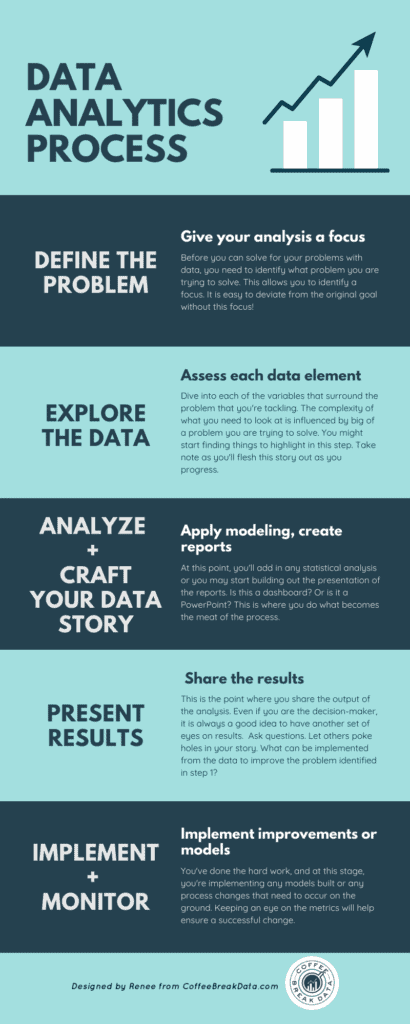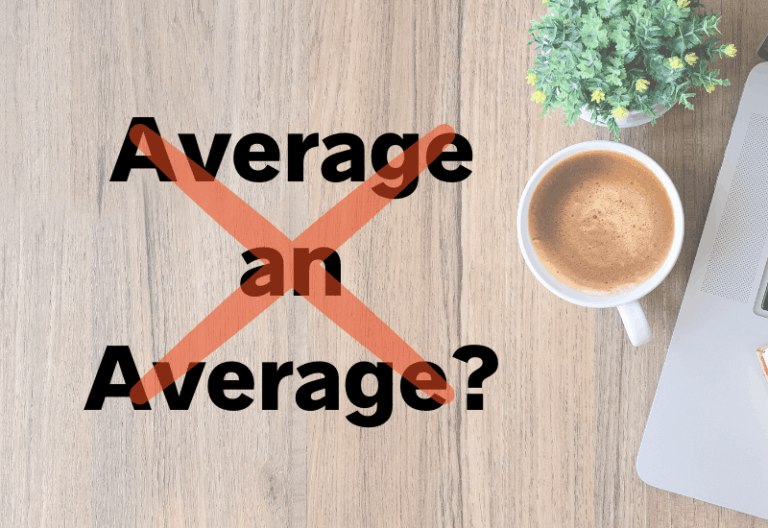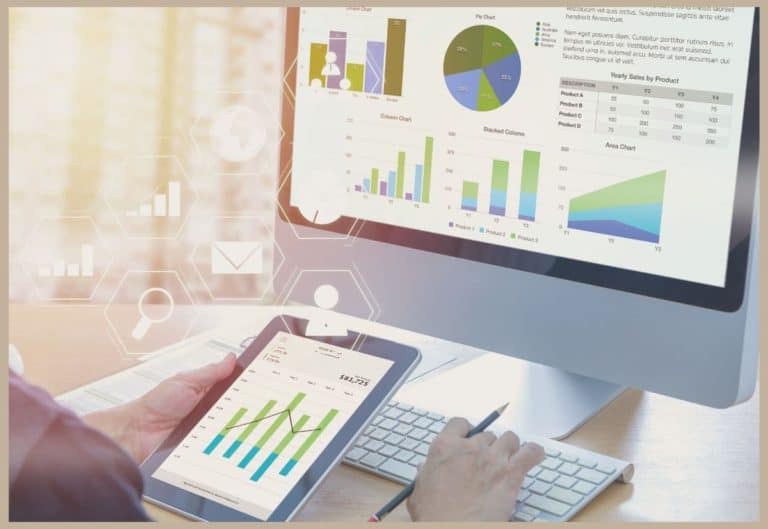Data Analytics Explained
Data topics have really become these crazy buzzwords everyone wants their hands in. Add in all these voices behind them, and terms get thrown around interchangeably whether should or not! So you’re wondering what data analytics means eactly?
Data analytics is the process of examining data in an in-depth manner to extract information.
That’s really it. Data analytics is the act of analyzing data. Let’s dive into some topics in the space for mroe clarity.
Data Analytics Expanded Definition
You’re likely to find many sources that overlap in their definitions, but seriously, don’t get hung up on this. According to the Google generated definitions from Oxford Languages, the components mean:
Data: “facts and statistics collected together for reference or analysis”
Analysis: “detailed examination of the elements or structure of something”
Analytics: “the systematic computational analysis of data or statistics”
So data analytics is not that confusing. You’re taking some stored information and exploring it. Throw in a process and statistics, and you have data analytics.
Data Analytics vs…..
That said, if you’ve searched for this, you might have come here more confused than you need to be. Let’s cover some of the other terms that tend to confuse this conversation to help clear things up!
Data Analysis vs Data Analytics
You might have gleaned the difference of these terms from the above. Data analysis is the in depth review of data whereas data analytics is the organized process of analyzing data.
They are essentially 1 in the same! By throwing in analytics, it just sounds like there is a documented process to support it, but in day-to-day use, either phrase is understood as turning data into useful information to drive decisions or learn. No one will look at you crazy if you use one or the other in a conversation.
Business Intelligence vs Data Analytics
I’ve seen many different definitions for business intelligence (BI). The distinction between BI and data analytics is a bit unclear. I tend to approach the definition as a data professional, but ultimately, business and the flow of money dictates how it gets thrown about in the ‘real-world’ so-to-speak.
Business intelligence tends to refer to the historical reporting of data at the organizations I’ve worked with. Think of the Excel spreadsheets on hand.
At the surface value of the data analytics definition, the distinction seems to be that they are the same EXCEPT BI has an implied addition of a historical look and lacks the statistical analysis component.
Business intelligence is reporting on past performance whereas data analytics layers statistical analysis and a look to the future, as well.
That said, doesn’t that sound counterintuitive? Data analytics is the exploration that would encompass the future, but why would that not be business intelligence, too? Therein lies the problem for this definition, but it is good to clarify if either of these terms are used and context doesn’t clear it up.
We’ll jump into the types of data analytics a bit later in this post, but descriptive analytics is where I see business intelligence fitting based on how it tends to be used in business settings.
Also know that if you see a business intelligence analyst role and a data analyst role, the data analyst will be much more likely to know more in the space of Python, R, and other tools whereas you’re likely to see SQL and data visualization tools for business intelligence analyst roles.
Crazy, huh?
Data Analytics vs Data Science
So data analytics is the process of using stored information and analyzing it. Generally, you’ll find that data analytics uses structured data. This is data that has columns with labels. Think of your spreadsheets or relational databases.
‘Simple’ definitions abound for data science sound JUST LIKE data analytics. Turn raw data into useful information. Sounds like the definition I shared above, right?
This is another instance where you will find data analysts jobs that sound an awful lot like data science. To illustrate the difference between the 2 terms, let’s dive into what specifically makes data science different. Here are term examples of topics that you’ll find more in the data science space over the data analytics space
- image analysis
- artificial intelligence
- audio analysis
- unstructured data
- data that isn’t labeled
- big data
- more in the linear algebra/calcululus weeds
This may not sound pleasing, but it’s like taking the data analytics and adding steroids. This can be super valueable IF you are part of an organization that knows what to do with you with the resources and process to support the heavier work.
High Level Data Analytics Process
Throwing resources at data because you don’t know what to do with it is fool-hardy. The entire point of this blog is to arm anyone that needs it with the knowledge to enable you to learn what you need to know to get grow with data – even if you’re not the one that will be crunching those numbers necessarily. I want you to know enough to be dangerous!! <insert evil laugh here>
To actually get value from the effort, you will be served well by having a process in place. I have tweaked these steps depending on the organization I’m serving, but in general, it’s a great place to start.
Before we dive into these steps, know that the entire process is iterative. You or your team may explore the data and meet again before going into a full churn analysis. These steps are solid regardless of what you’re tackling with your data and can be tailored to whatever analytics you’re hoping to apply it to.





